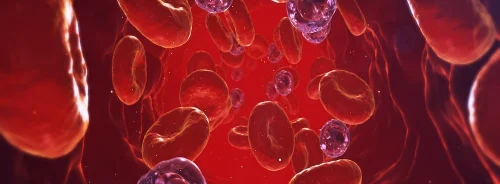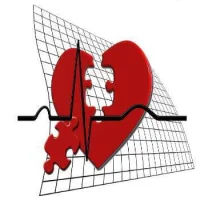Heart disease is the number one cause of death in both sexes. However, it poses special considerations in women and its risks are often seen in childhood and change at different stages of a woman's life.
In a special symposium feature in the American Journal of Medical Sciences, insights on risk of cardiovascular disease in women and girls throughout their life span have been discussed and effort has been made to understand CVD risk in female patients from childhood to adolescences, through the reproductive years, to menopause and beyond. The papers were presented at the 2015 Southern Regional Meeting, an annual educational conference.
Some key points highlighted in the symposium include:
High Blood Pressure
While hypertension usually increases with age, it is more pronounced in women after menopause. Prevalence of hypertension is much higher in women as compared to men after the age of 60. A major barrier to effective blood pressure control is low adherence to prescribed medications. When it comes to adherence, women are much worse than men.
Dr. Krousel-Wood of Tulane University, New Orleans points out that healthcare providers do not assess adherence regularly. Adherence may be poor in women due to ineffective communication with healthcare providers and symptoms of depression. Studies suggest that measuring adherence by asking patients how well they follow their prescription and also by checking pharmacy refill rates could help reduce CVD risk in hypertensive patients. Dr. Krousel-Wood concludes, "Together, the objective and self-reported adherence measures provide complementary information that can guide appropriate engagement of patients and providers in the management of high blood pressure and other chronic conditions."
Timing Hypothesis
Dr. Suzanne Oparil and colleagues of University of Alabama at Birmingham provided an update on the "timing hypothesis" of estrogen's effects on postmenopausal CVD risk. Studies report that estrogen supplements taken after menopause can reduce the risk of CVD. However, randomised trials have found no benefit of hormone replacement therapy. According to the timing hypothesis, hormone replacement lowers CVD risk if it is started around or soon after menopause. On the other hand, estrogen replacement that is started after menopause increases the risk. Animal studies also show that hormone 17-beta estradiol (E2) delays CVD progression and reduces the response to vascular injury. But in humans, the response to E2 is dependant on time. More studies are needed to study these effects as this could potentially lead to the development of estrogen rescue approaches and new opportunities for CVD prevention.
It is hoped that these new insights offered by Dr. Krousel-Wood and Dr. Oparill would help establish clear directions for the investigation and management of CVD in women.
Source: Wolters Kluwer Health
Image Credit: Pixabay










